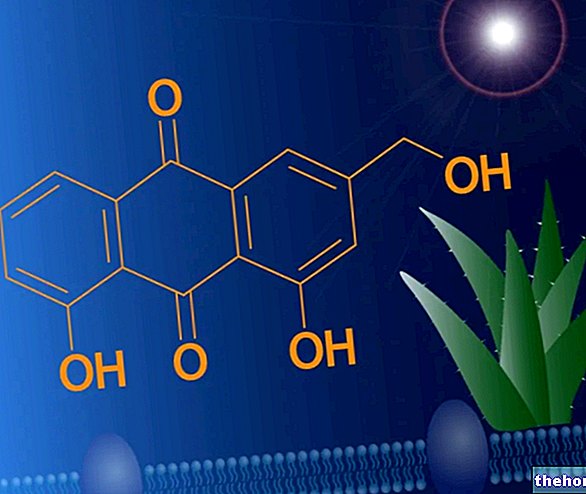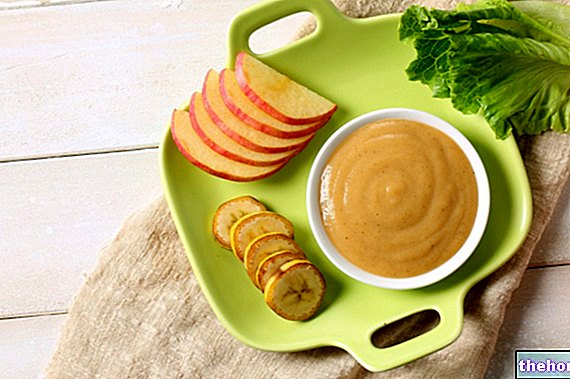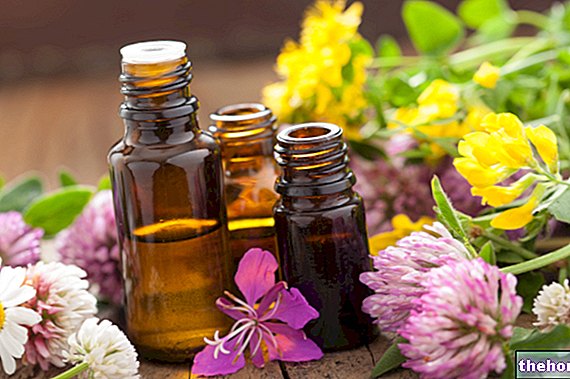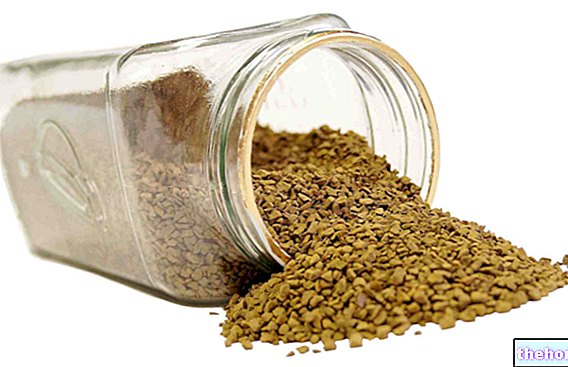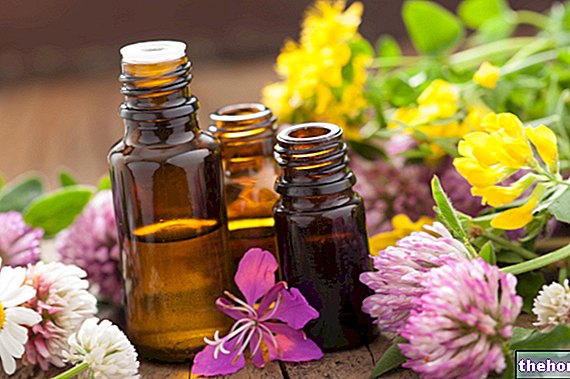Bearberry: Arctostaphylos uva ursi, Ericacee family; small shrub similar to blueberry. Quinones are used from this plant, phenolic compounds present in the leaves, whose concentration can vary up to six times. Factors affecting concentration are exogenous, such as altitude, and endogenous, such as stage of development. Bearberry leaves must be harvested before flowering.
Prunus amygdalus: bitter variety, where the concentration of amygdalin, a cyanogenic glycoside that gives the taste of bitter almonds, can vary several hundred times.
Mint: hybridization is a fundamental factor in obtaining an optimal essential oil yield; the leaves are used, collected just before flowering.
Willow: the bark is used which contains phenolic active ingredients, the so-called salicylates; their concentration can vary tens of times. The factors that influence the quality of this drug are mainly exogenous in nature, such as the culture medium and rainfall (which also greatly influences licorice, which requires mainly dry and temperate climates).
Licorice: Glycyrrhiza glabra, Leguminosae family, the roots and stolons are used, here too glycyrrhizin - the active ingredient that characterizes the drug - can vary by several dozen times, thus determining on the market great variability of quality and cost, as well as a different use of the drug .
The variability in terms of the quantity of active ingredients is high for a medicinal plant, therefore for a drug. The factors that influence this variability are extremely different; they can be of an endogenous, exogenous, artificial or technical nature. This variability may be low for some drugs, but very high for others; when it is important, it inevitably reflects on the quality of the drug and on the area in which it is used. The greater it is, the greater will be the differences in the cost and quality of that drug on the market.
Specific example: Valeriana officinalis: Valerianaceae family, is a perennial herbaceous plant; the drug consists of the rhizome and the small roots that surround it, both dried. The active principles, the iridoids, are molecules with a lactone ring (6 atoms of which 5 are carbon and 1 is oxygen), to which a five-membered ring is attached. For valerian these iridoids are called valepotriates and characterize its quality as a drug.
Valepotriates give valerian anxiolytic-sedative herbal properties. The factors that have a decisive influence on the quantity of valepotriates are:
- time: valerian is a perennial plant, and the rhizome is a perennial organ, which the plant uses to accumulate the active ingredients and overwinter (pass the winter). This means that over time, over the course of a year and seasons, it is possible to evaluate how many principles are found in the drug; if the plant is perennial, it is necessary to evaluate whether to collect the part that interests you in winter, spring, summer or autumn.
The knowledge of botany leads us to better define the collection of this drug; if it is true that it is given by the hypogeal part and that the rhizome is a reserve and accumulation organ, I expect the rhizome to contain the greatest quantity of active principles when the plant has accumulated these substances as a reserve, that is in winter. It is no coincidence, therefore, that the periods during which harvesting are recommended are winter and early spring preceding germination. The percentage of valepotriati in these periods can vary considerably for more than double. The age, the ontogenetic stage and the balsamic time (just before germination) are all elements that influence the quality of this drug (valerian is an essential oil drug).
With another example it can be seen how the essential oil yield of a drug can vary a great deal, even four or five times, compared to the best moment in which we go to collect the part of our interest.
Other articles on "Performance of some drugs in relation to environmental and non-environmental factors"
- Factors affecting the yield of some drugs
- Pharmacognosy
- La Satureja as an example of the correct harvest time

